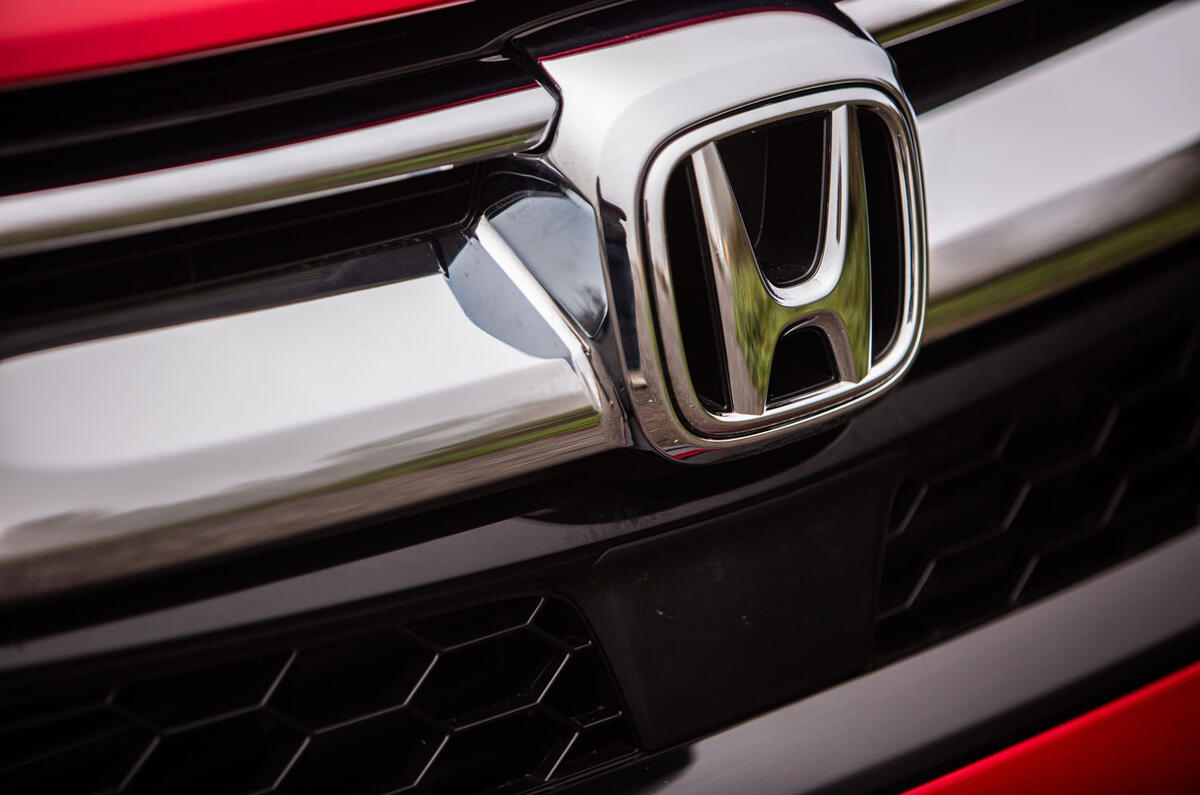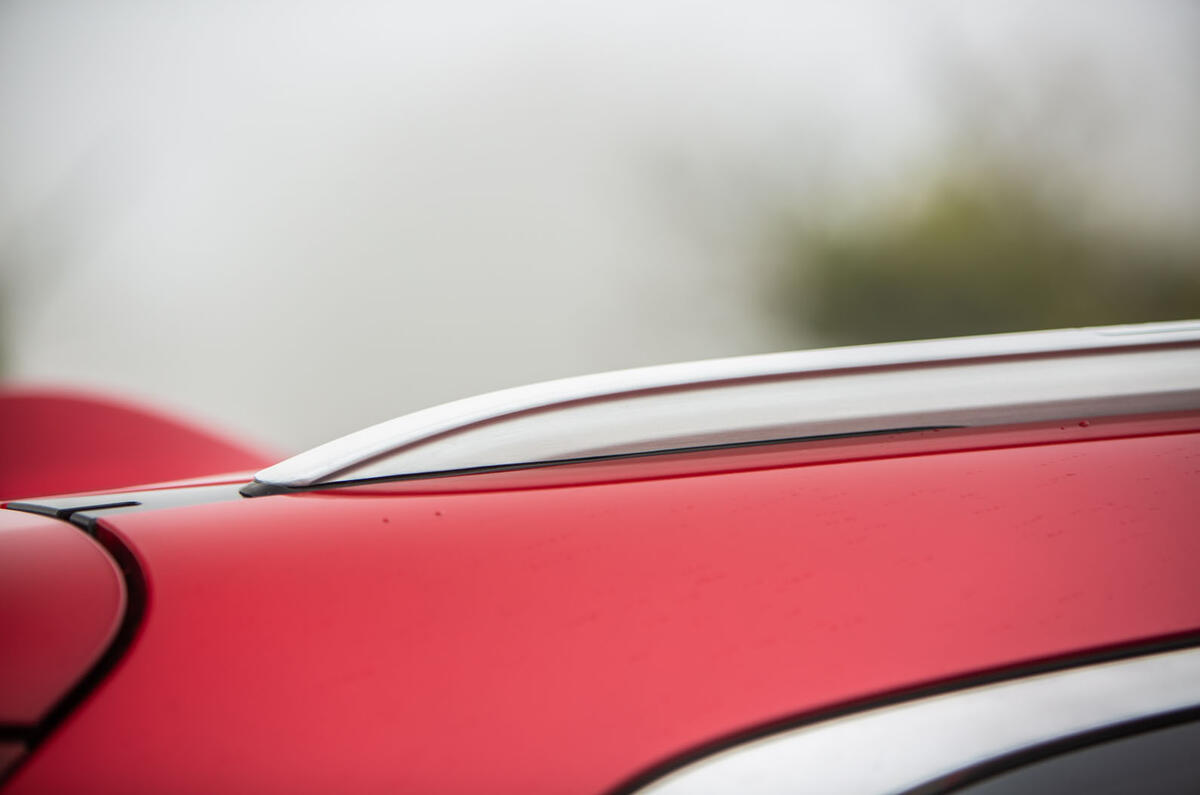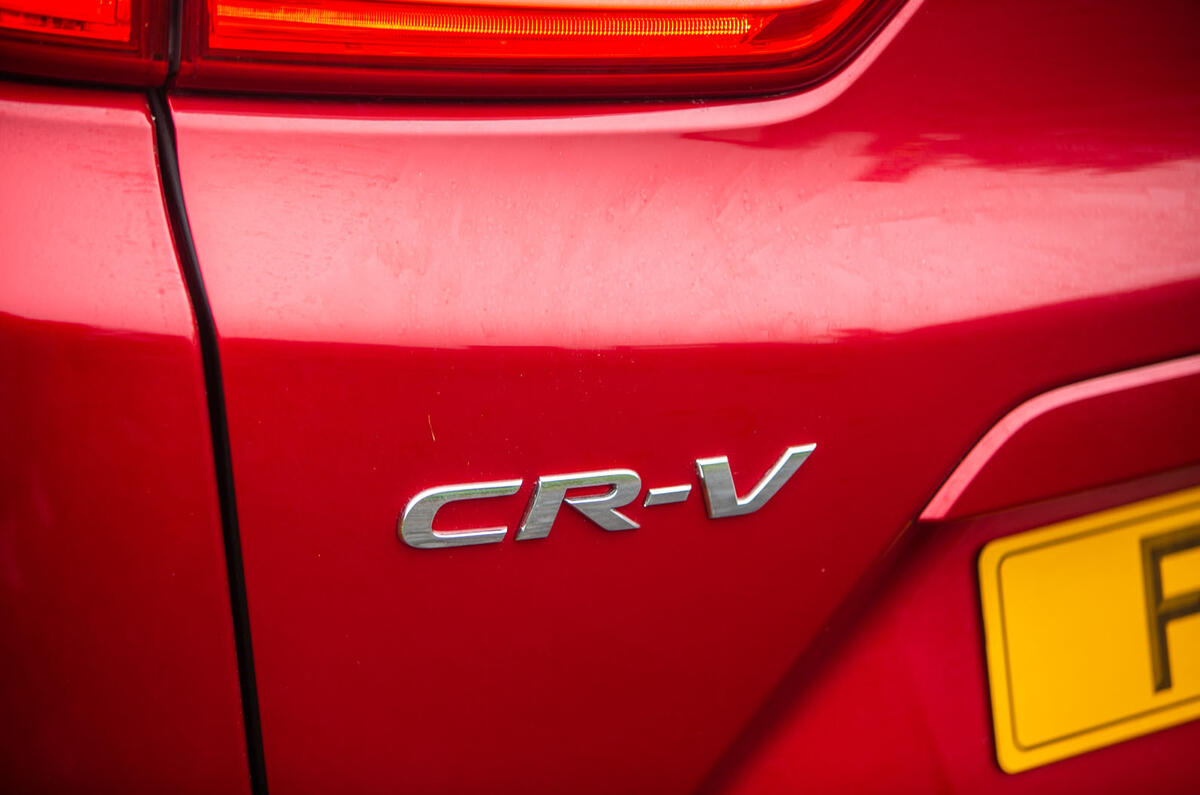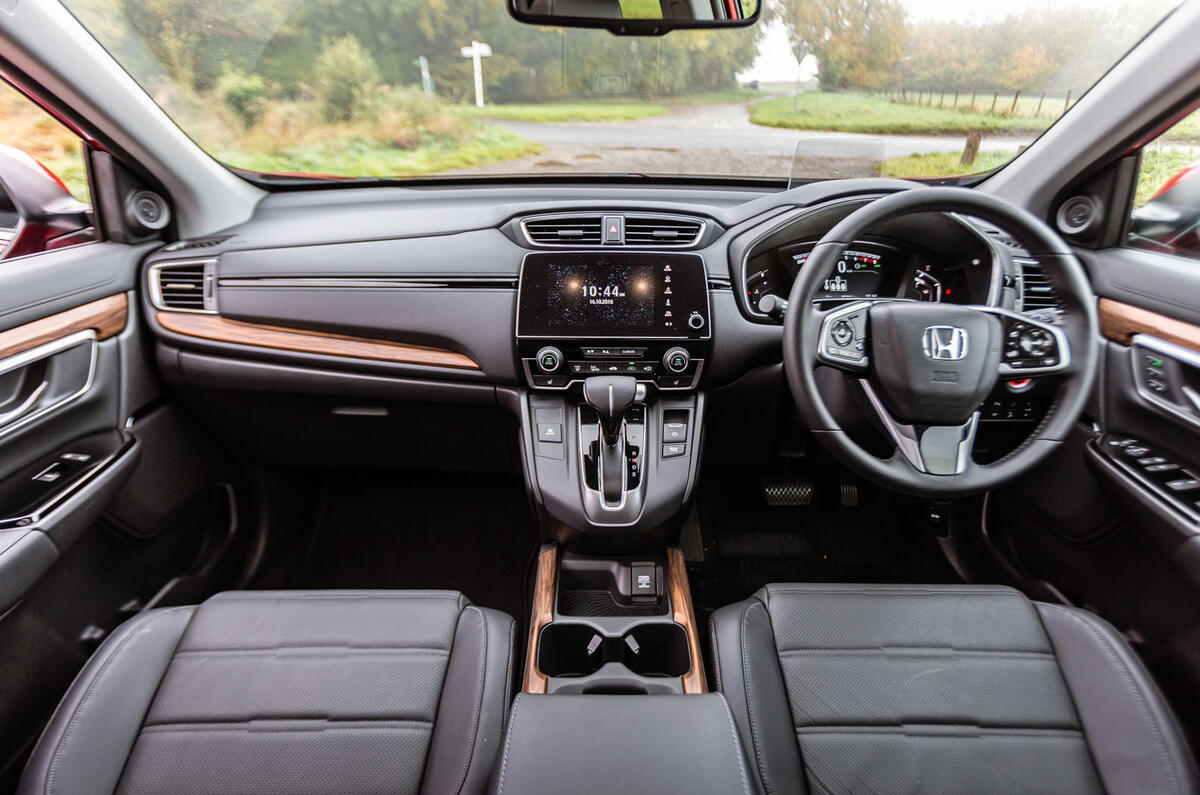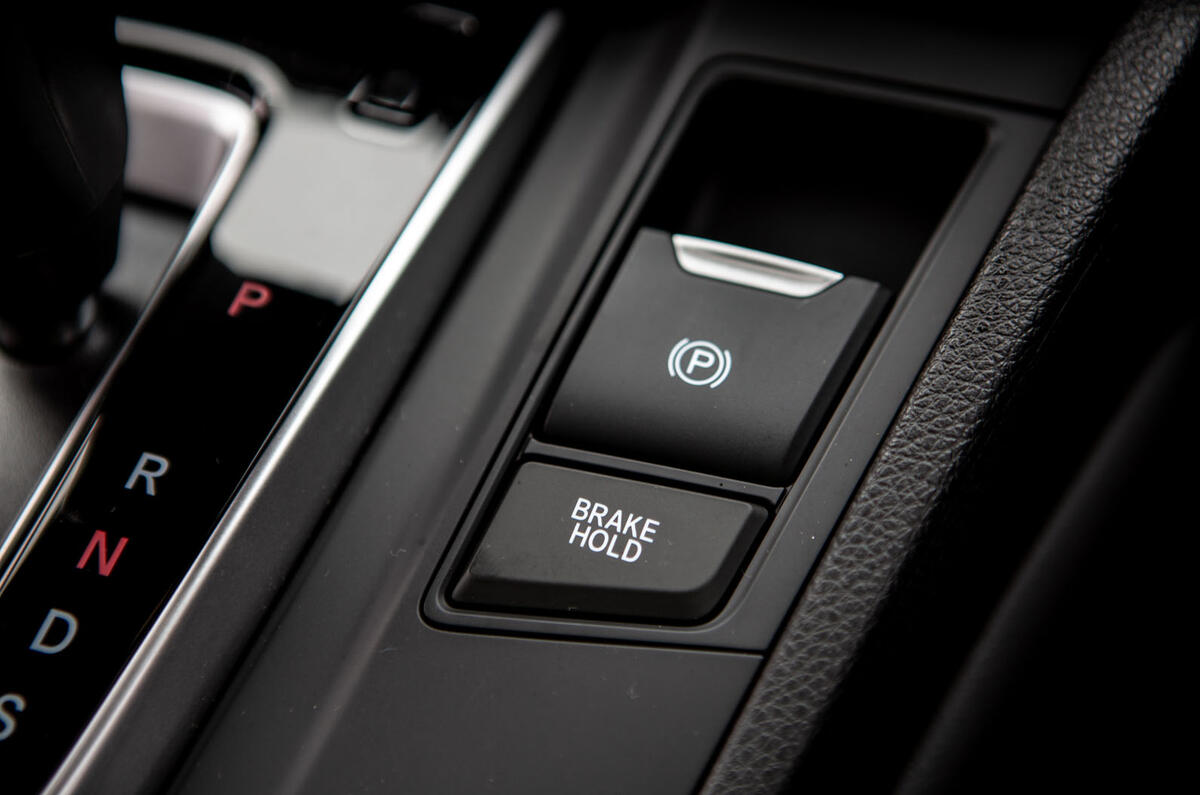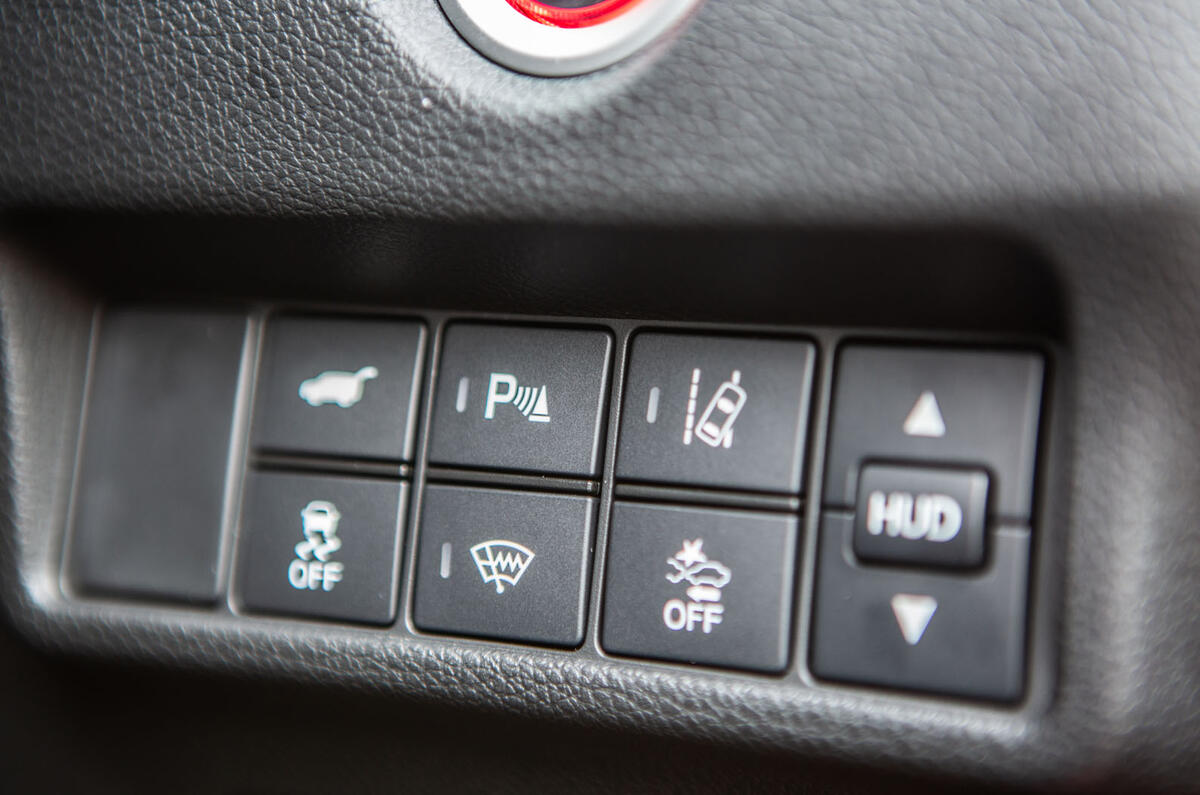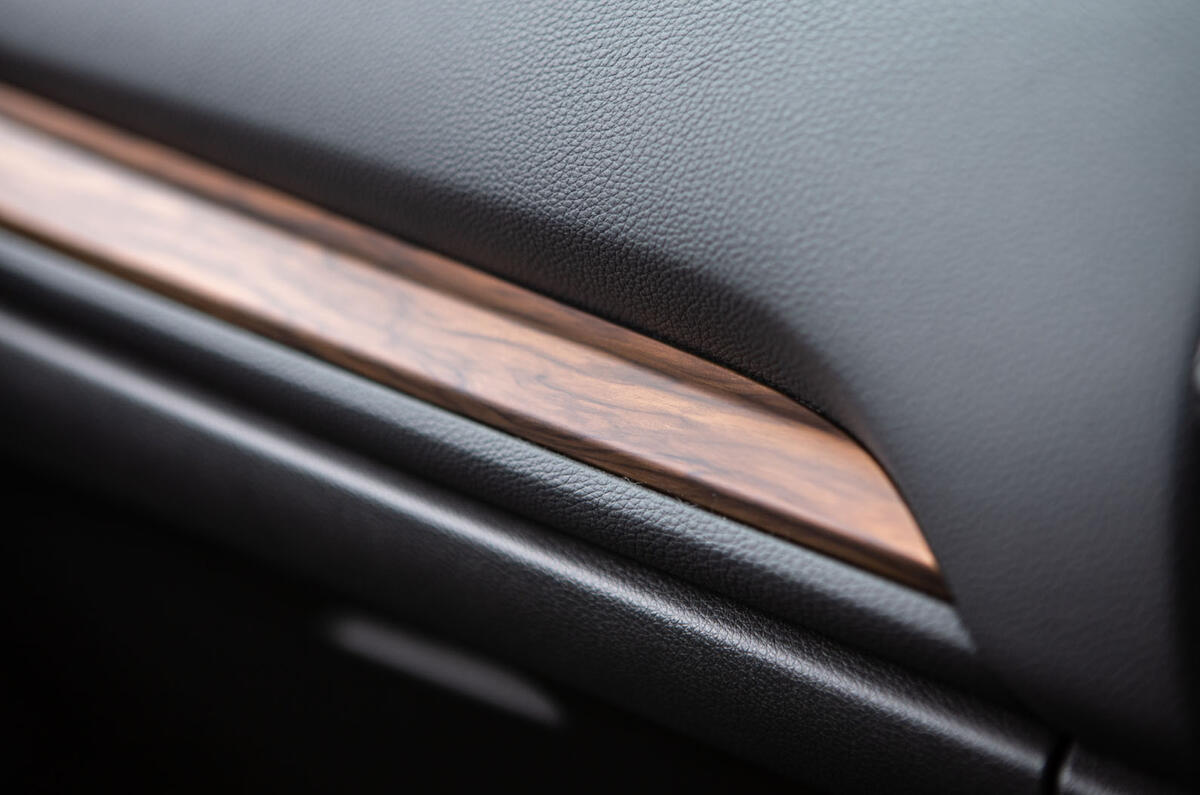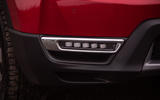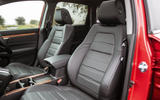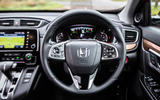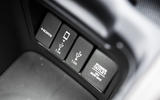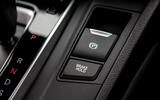Some 23 years have now passed since the first-generation Honda CR-V emerged into the world. It was a pioneer among modern, good-mannered, family-friendly urban SUVs – not because it looked particularly radical or featured any groundbreaking technology, but because it changed people’s perceptions and expectations of, and attitudes to, vehicles of its ilk.
The CR-V’s Honda Civic-derived platform allowed it to handle in a far more car-like manner than contemporary 4x4s, while its high-riding stature conveyed a sense of onboard safety and security that family-minded buyers found hugely appealing. The CR-V has flourished in spite of all of the competition it has inspired; by Honda’s own claim, it has become the world’s best-selling compact SUV.
The landscape into which this much larger fifth-generation version of the Comfortable Runabout Vehicle emerges demands more of it than any of its forebears, of course.
Competition is now far stiffer than it was even as recently as for the fourth-generation version, while the market is saturated with rivals – many of which have been cast with more sporting personalities and dashing good looks than could be justified for the ever-functional CR-V, and many of which come from premium brands.
So how does the Honda fight back? Well, for the first time, the CR-V is being offered with the option of seven seats, while a petrol-electric hybrid version is set to appear in 2019. The car’s cabin is claimed to be more spacious than ever, while class-leading fuel efficiency is promised to boost its rational appeal still further.






